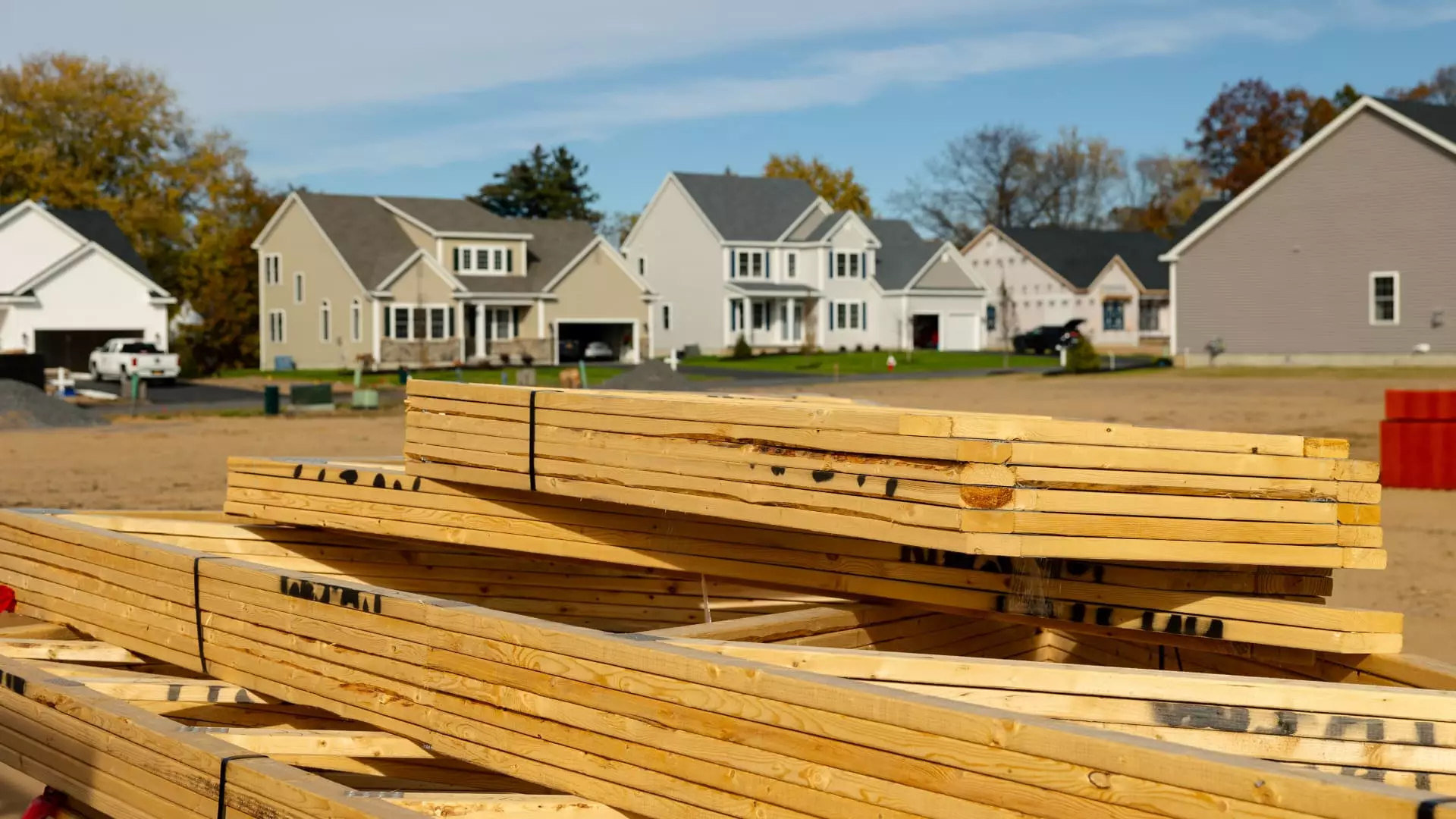The U.S. Census Bureau reported a 4.7% drop in newly built home sales in April compared to March. Additionally, sales fell by 7.7% year-over-year, highlighting the challenges faced by the housing market. The decline in sales can be attributed to the impact of higher mortgage rates on prospective buyers. March sales figures were also revised downward, indicating a broader trend of cooling demand.
Effect of Rising Mortgage Rates
The surge in mortgage rates, with the average rate on the 30-year fixed mortgage reaching 7.5% in April, has significantly impacted affordability for potential homebuyers. The sudden increase in rates from the high 6% range in March has discouraged buyers from entering the market or pursuing purchase agreements. The higher mortgage rates have hindered buyers from taking advantage of favorable financing terms, ultimately resulting in reduced sales activity.
The median price of a new home sold in April stood at $433,500, representing a 4% increase from the previous year. The escalation in home prices can be attributed to various factors, including the composition of homes available for sale, which predominantly cater to the high-end market segment. Buyers with substantial financial resources, such as cash buyers, have been less impacted by mortgage rate fluctuations, leading to sustained demand for luxury properties.
Builders have faced constraints in adjusting prices due to elevated costs related to land acquisition, labor, and materials. Despite challenges in affordability, some production builders have resorted to lowering mortgage rates to stimulate sales. D.R. Horton and Toll Brothers reported robust earnings in recent quarters, underscoring the role of market demand and supply dynamics in driving sales performance. However, the overall pace of new home sales remains below the five-year average, signaling lingering challenges in the housing market.
The National Association of Home Builders and Wells Fargo introduced an index indicating that 38% of the median household income was required to cover mortgage payments on a median-priced new single-family home in the first quarter of 2024. Low-income households earning 50% of the area’s median income would need to allocate 77% of their earnings to afford a similar property, emphasizing the widening affordability gap in the housing market.
The persistent shortage of housing units, estimated at approximately 1.5 million homes nationwide, has fueled price increases for both new and existing properties. While the supply of newly constructed homes has grown by 12% annually, the affordability dilemma remains unresolved, particularly for lower-income buyers. The lack of available housing units, particularly in the affordable segment, has exacerbated housing affordability challenges across the country.
The housing market is grappling with the adverse effects of high mortgage rates, supply shortages, and affordability constraints. Despite efforts to stimulate demand through price adjustments and financing incentives, the overall pace of new home sales remains subdued. Addressing the affordability gap and ensuring adequate housing supply are critical components in fostering a more inclusive and sustainable housing market for all buyers.

